Wind
We manage every stage of wind energy development, from development to operation. By harnessing the wind as an endless resource, we create wind farms that generate clean, sustainable energy while promoting local economic growth.
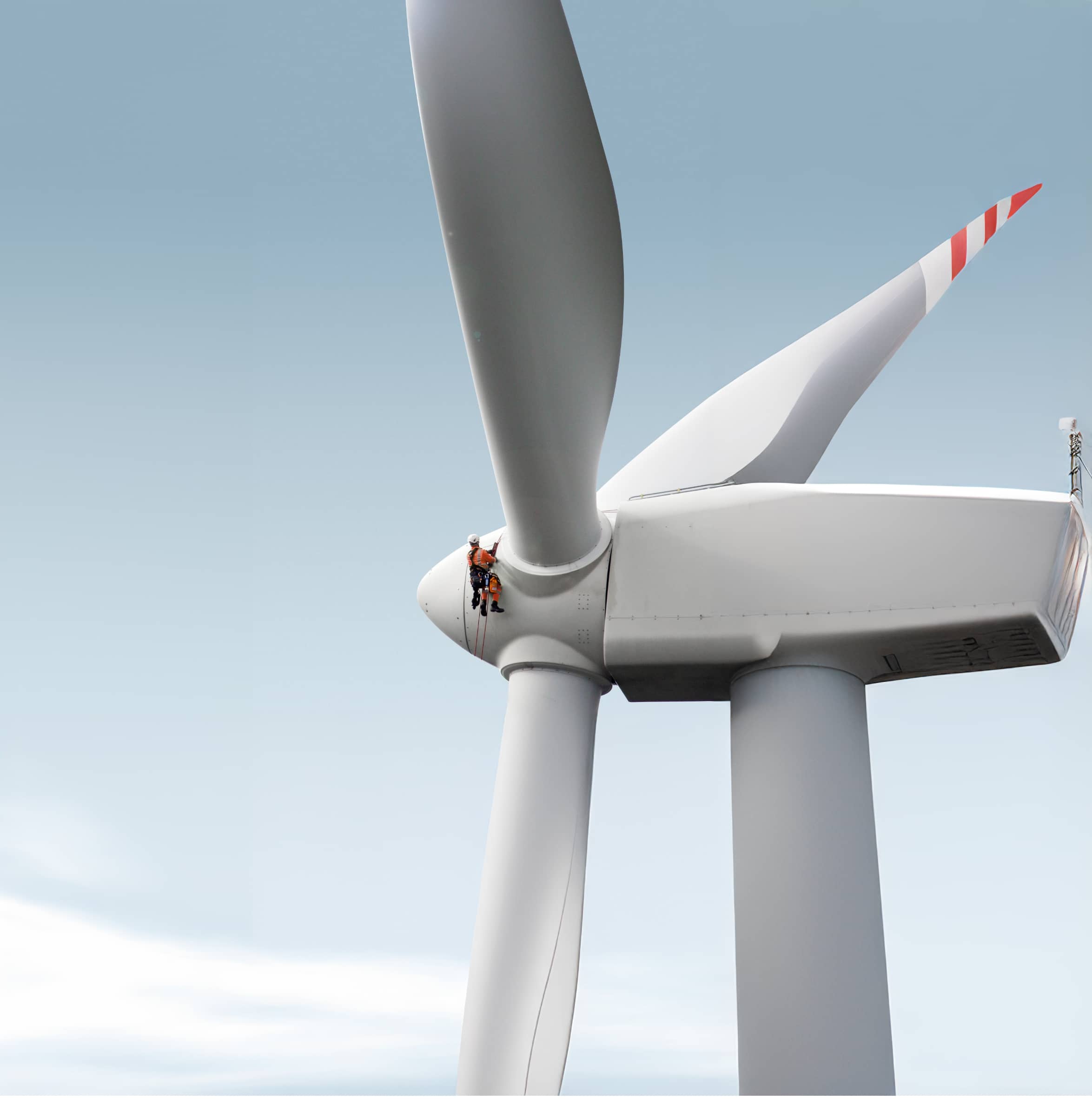
Solveo Energies is a French independent renewable energy producer born as an answer to the climate change.
Founded with the mission to harness wind and solar energy, we develop, finance, build, and operate renewable energy projects that contribute to a sustainable energy future.
Driven by a commitment to local communities, we transform natural resources into high-value investments with our stakeholders. Our expertise in multi-energy solutions ensures cost-effective, green energy production that brings lasting benefits to all stakeholders and global sustainability goals.
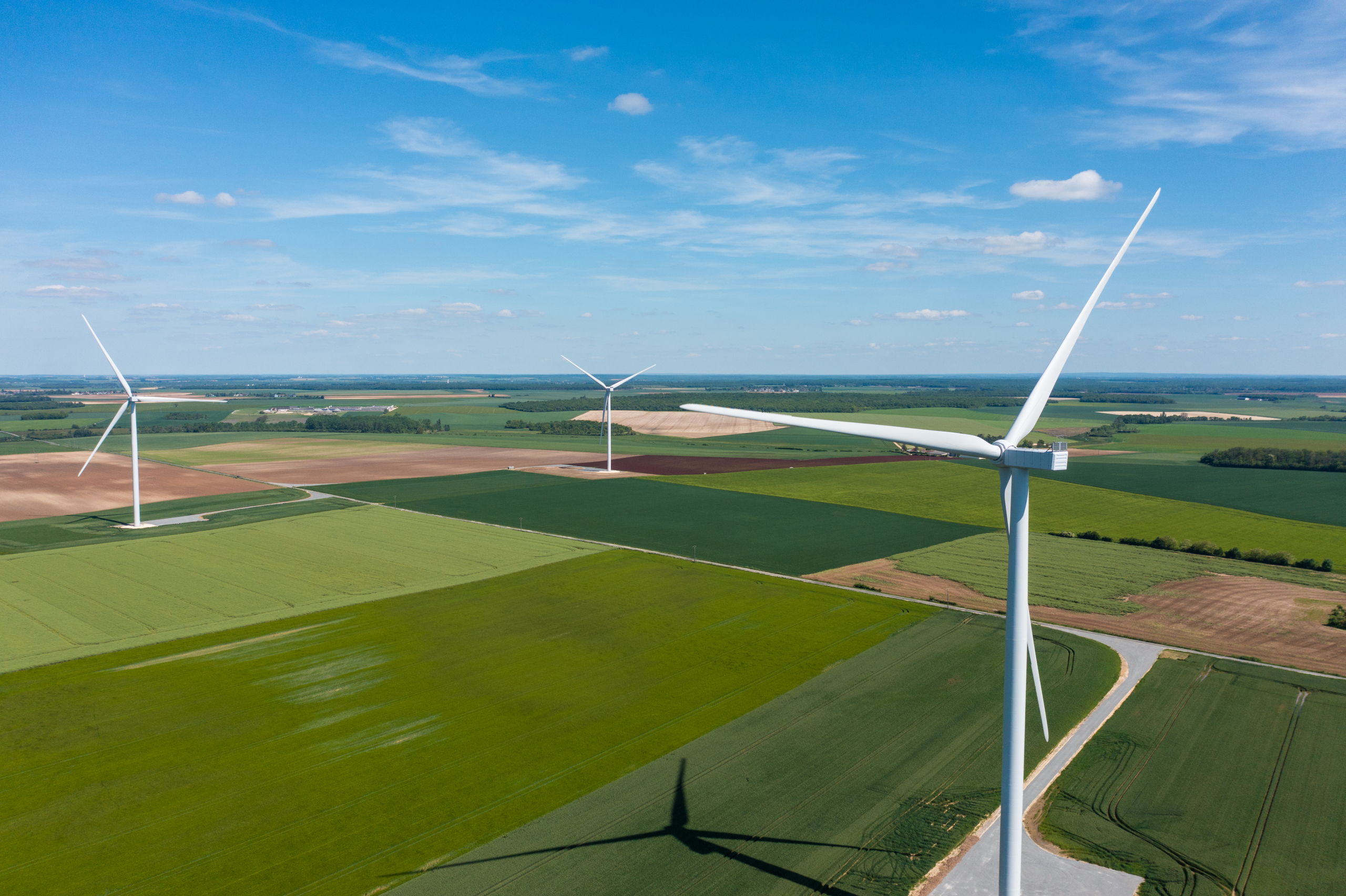
We manage every stage of wind energy development, from development to operation. By harnessing the wind as an endless resource, we create wind farms that generate clean, sustainable energy while promoting local economic growth.

Through our photovoltaic power plants, we turn your unoccupied spaces into sources of sustainable energy. Our solutions optimize your property, make you earn extra revenue and in parallel with contributing to accelerate the energy transition. From development to maintenance, our teams bring your projects to life.
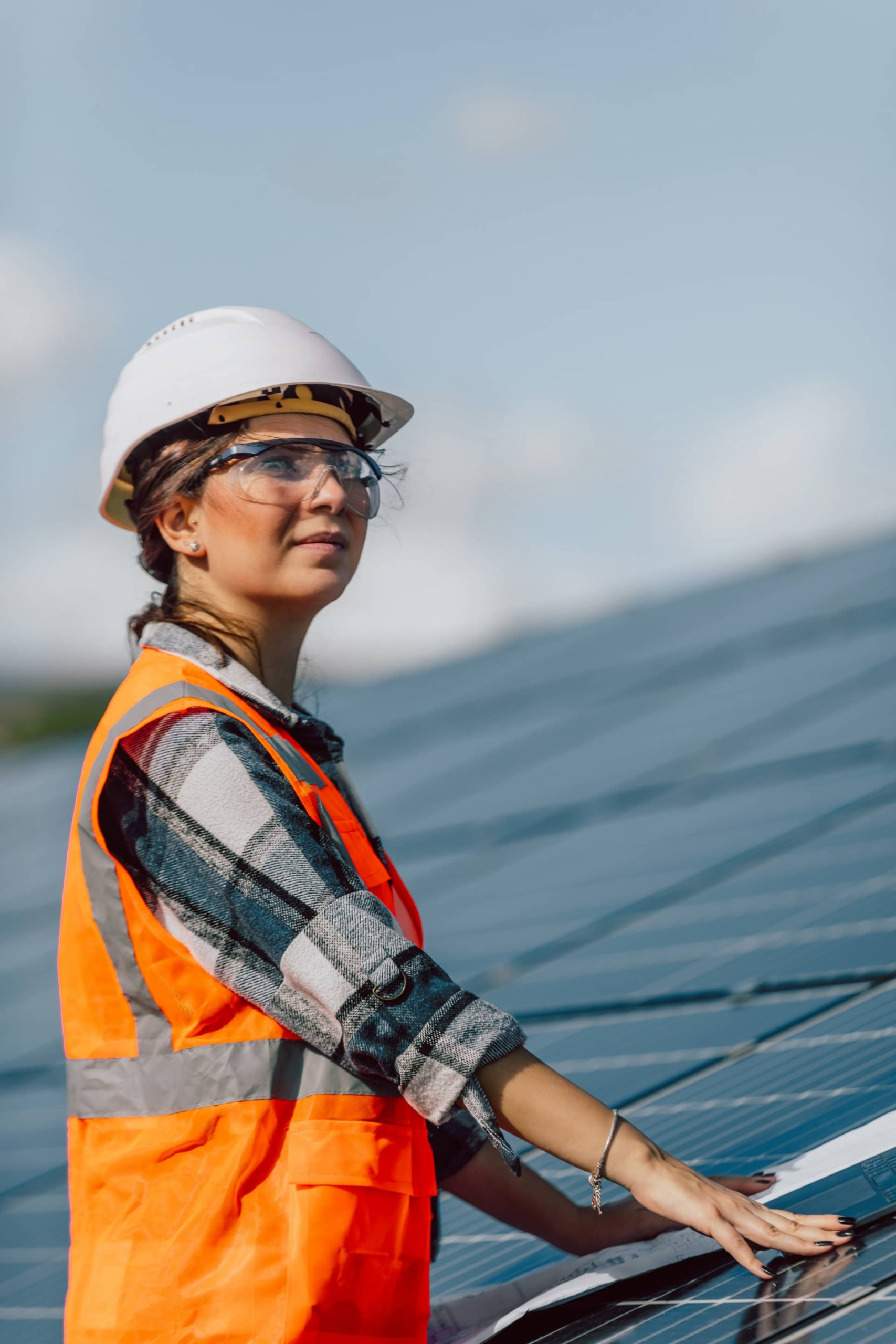
We provide innovative solutions to strengthen the resilience and profitability of farmers in the face of climate change. Our teams collaborate closely with agricultural operators to develop systems that preserve crop productivity with green energy production.
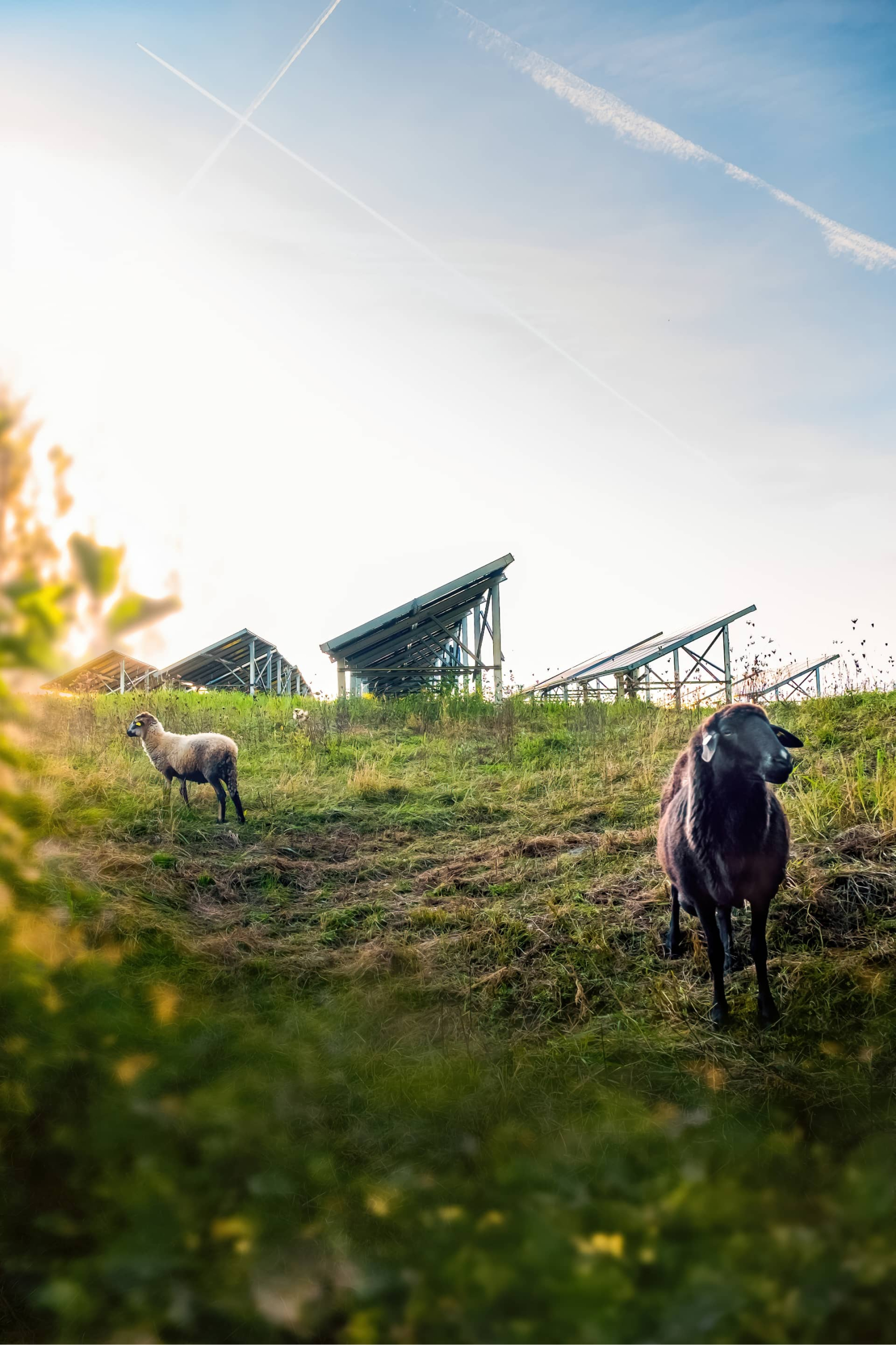
Solveo Energies is expanding its operations in Southeast Europe, where the demand for replacing fossil generate electricity by renewable energy, is rapidly increasing to meet global sustainability goals.
With offices in Bucarest and Zagreb, the company develops wind and solar projects with focus on Romania, Bulgaria, Hungary, Croatia, Serbia, Slovenia, Macedonia, Montenegro, Bosnia & Herzegovina and Kosovo. Solveo Energies’ mission is to “act locally to create a global impact” in the interest of all.
By maintaining close ties with local partners and stakeholders, the company ensures its projects are tailored to regional needs while contributing to broader energy independence and sustainability. Whether through greenfield projects or strategic partnerships, Solveo Energies is positioning itself as a leader in driving the global energy transition.
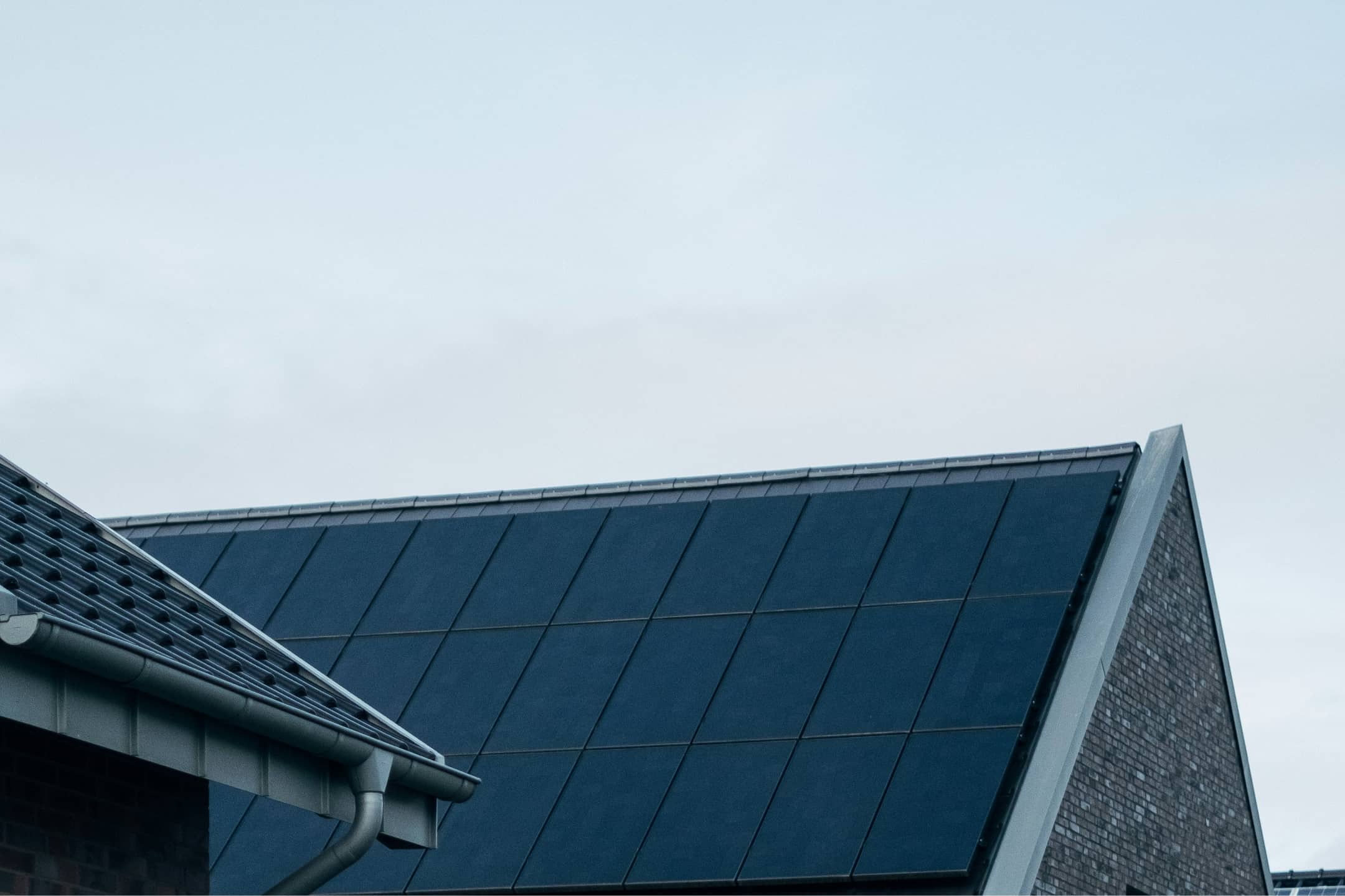
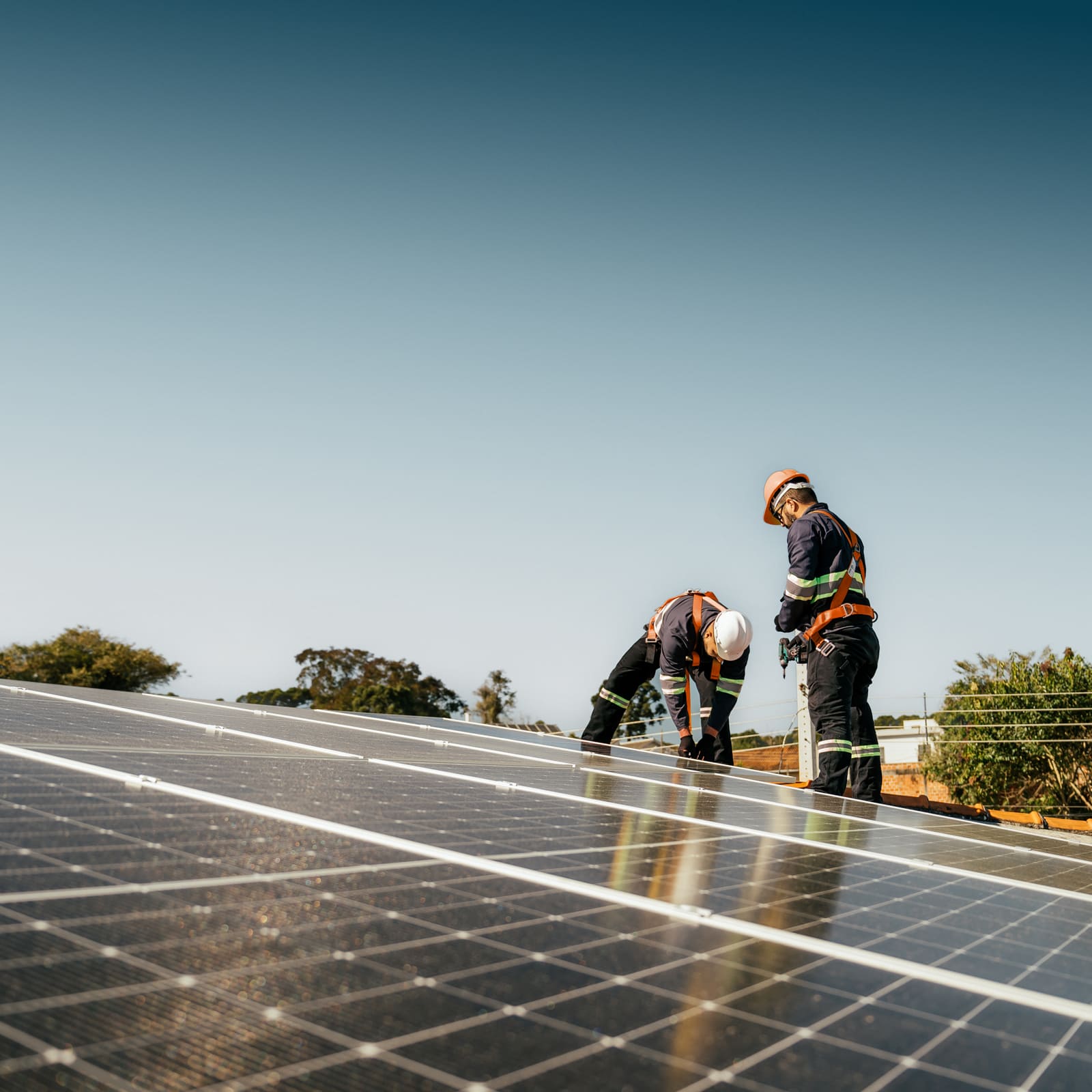
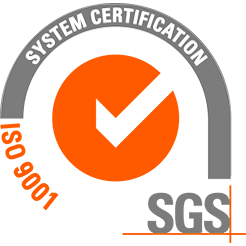
Ensures the organizational quality of the company and its continuous improvement policy.
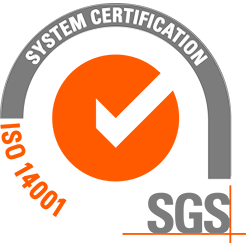
Ensures the company’s control over the impact of its activities on the environment.
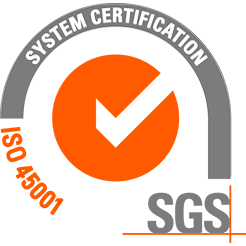
Ensures the quality of Health and Safety Management Policy.
Silver Ecovadis Sustainability Rating award. We are working towards a Gold medal Ecovadis rating for 2024.
Do you have questions or a project to share with us? Feel free to reach out. Our team will get back to you as soon as possible.